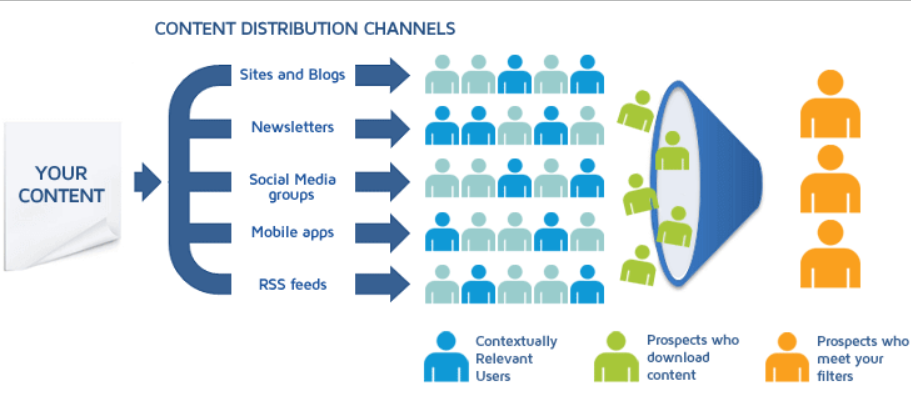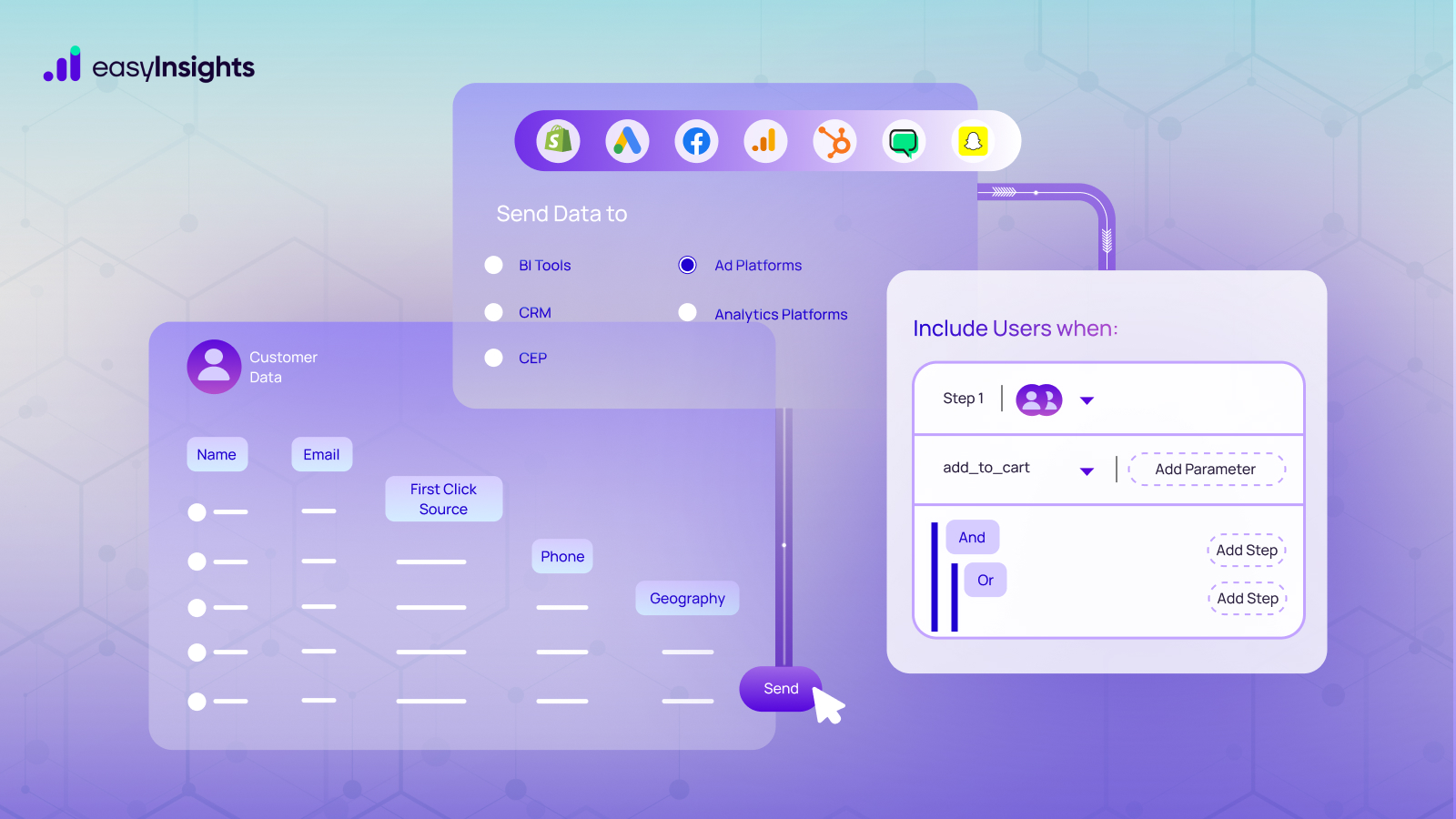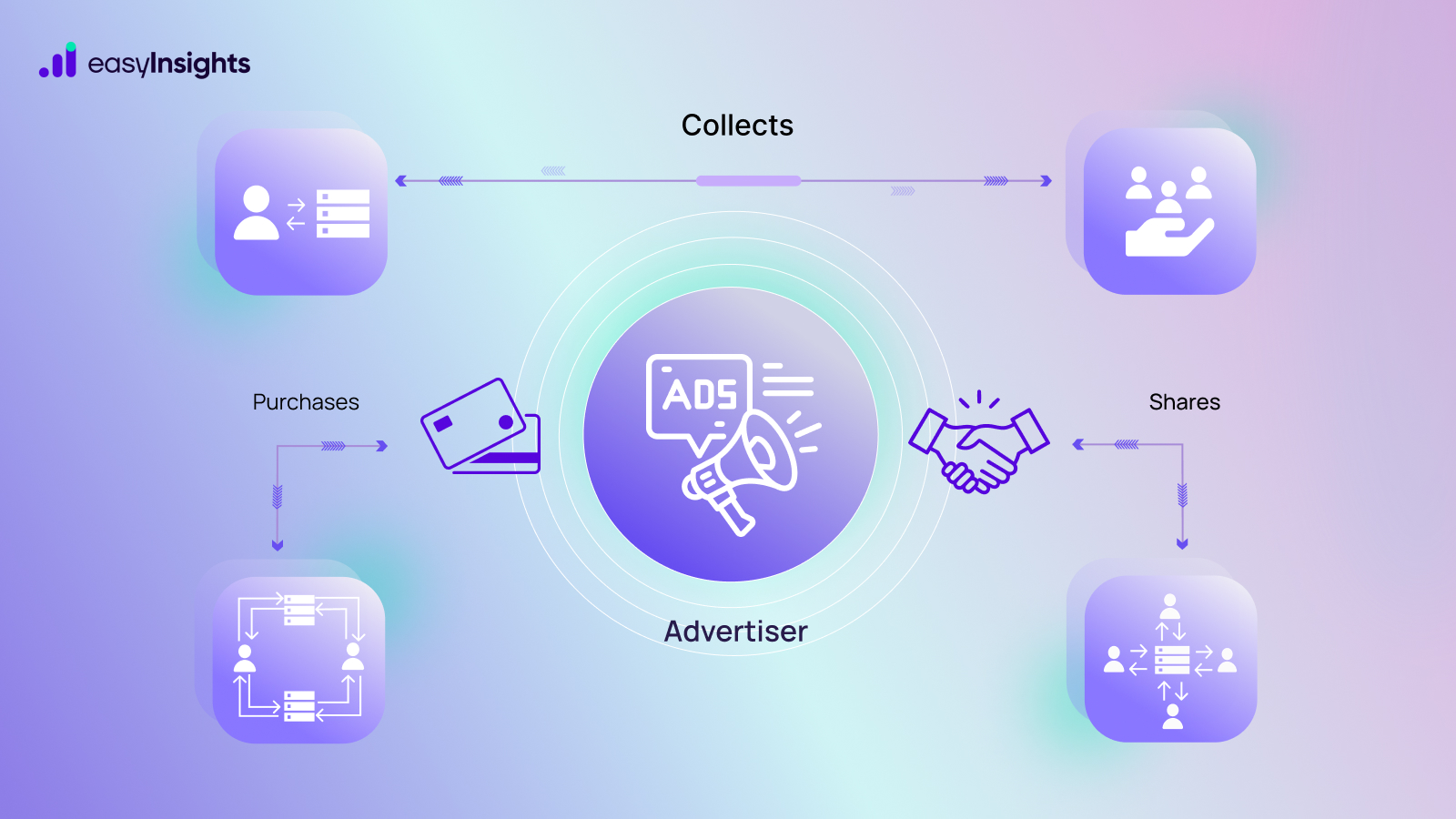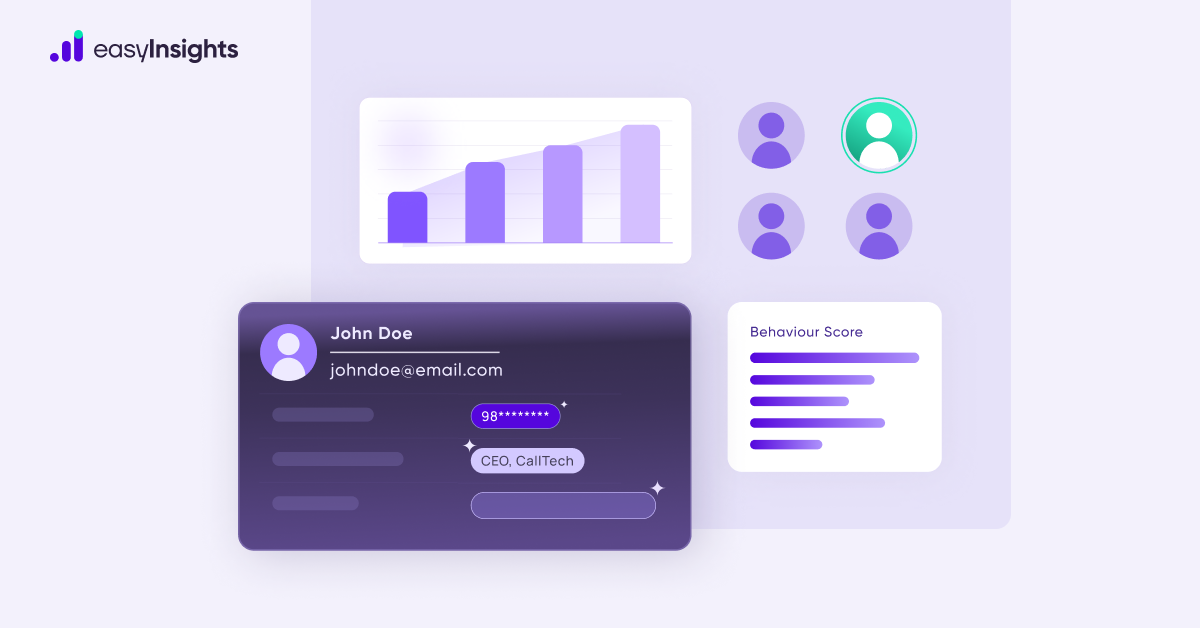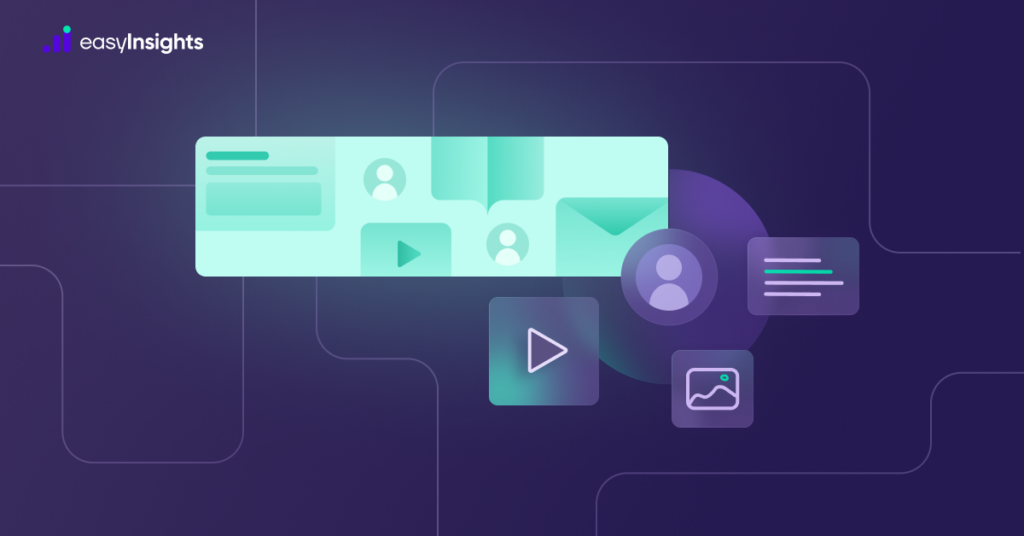
Multi-channel content distribution is a perfect strategy for growing your reach, boosting customer engagement, and driving conversions through content. However, blindly pushing content out on every possible channel will not yield results and will negatively impact the ROI of your content marketing. Instead, the success of your multi-channel content distribution efforts depends on your ability to gauge which channels are relevant to your audiences and deliver targeted content across those channels. But first, you’ll need to adopt a data-driven approach and leverage first party data to optimize your multi-channel content distribution.
Here, we explain the value of first party data for digital marketers and how it can drive the success of your content distribution.
Jump ahead to:
What is First Party Data
First-party data is the information a business collects directly from its customers or website visitors through its own channels, like websites, apps, or CRM systems. It includes details such as names, emails, phone numbers, browsing behavior, purchase history, and interactions with ads or emails. Since this data is collected with user consent and directly from the source, it is highly accurate, privacy-compliant, and valuable for personalizing marketing, improving ad targeting, and measuring campaign performance—especially as third-party cookies become less reliable.
Role of First Party Data in Marketing
As you can see, these data points are of immense value to marketers. First, this data helps you unlock insights into user behavior, preferences, and pain points. Second, it is accurate because you collect it firsthand from your audience.
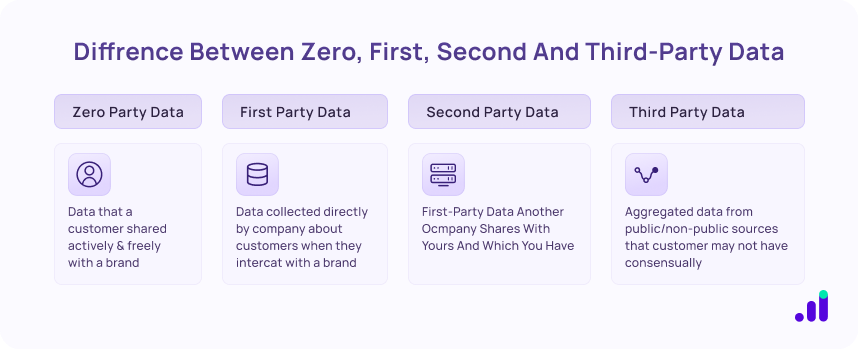
With giants like Google and Apple eliminating third party cookies, accurate first party data is more important than ever. Whether you want to understand your audience better, identify content distribution channels, or personalize communication, you’ll need solid first party data infrastructure comprising CRM systems, website analytics tools, email marketing platforms, and event registration software to facilitate data collection and analysis.
Additional Read: Choosing the Right Data Activation Platform for your Business
Impact of First Party Data on Multi-Channel Content distribution
Now let’s understand how first party data can help you implement a successful multi-channel content distribution strategy:
1. Gain Deeper Insights Into Your Audience
First-party data encompasses rich information about your audience, including demographics, on-site behavior, email engagement, purchase history, preferences, and more. By analyzing this data, you can develop a comprehensive understanding of your audience’s needs and motivations.
Using segmentation and cohort analysis, you can group audiences based on shared characteristics, allowing you to deliver content with precision. This targeted approach not only boosts engagement but also strengthens your relationship with your customers.
2. Enable Data-Driven Channel Selection
Data from multiple user touchpoints – such as your website, mobile app, social media platforms, and email automation tools – provides valuable insights into how audiences interact with your content across channels.
Tracking key performance indicators like click-through rates, conversions, and engagement metrics helps you determine which channels resonate best with your audience. This insight empowers you to allocate resources effectively, prioritizing channels that deliver the highest ROI and maximize content reach and impact.
3. Personalize Content to Meet Audience Needs
First-party data reveals how different audience segments engage with your brand, their pain points, and their expectations. These insights are invaluable for tailoring your content marketing efforts.
By delivering personalized website experiences, customized email campaigns, and relevant social media posts, you can create meaningful connections with each audience segment. Additionally, mapping content to specific stages in the customer lifecycle enhances relevance, builds trust, improves brand recall, and drives conversions.
You can also map content to users’ stages in the customer lifecycle. This will increase the relevance of the content you serve to different audiences, building trust, improving brand recall, and driving conversions.
Additional Read: How to use First Party data for your e-commerce brand
Using First Party Data Strategies for Content Distribution Success
To harness the full power of first-party data in your multi-channel content distribution, follow these essential steps:
1. Collect Data from All Touchpoints
Effective multi-channel content distribution starts with comprehensive data collection. Invest in a robust technology infrastructure to capture data from every customer touchpoint – whether it’s website visits, email interactions, social media engagement, or app usage. This holistic view is critical to understanding your audience’s journey.
2. Manage Users’ Consent
With privacy regulations like GDPR, users have control over their data and how it’s collected. Implement clear consent banners to give users the choice to opt in or opt out of data collection. Utilize Consent Management Platforms (CMPs) to securely store and manage these preferences, ensuring your compliance with legal requirements.
3. Centralize First Party Data
Integrate your marketing automation tools, CRM systems, and other data sources into a centralized repository – such as a data warehouse. This consolidation enables you to create comprehensive customer 360 profiles and perform advanced audience modeling, empowering smarter marketing decisions.
4. Segment Audiences
Analyze your collected data to identify distinct audience segments based on demographics, preferences, and behaviors. Effective segmentation allows you to pinpoint unique pain points and deliver tailored content and experiences to each group, enhancing relevance and engagement.
5. Implement Dynamic Content Distribution
Dynamic content adapts based on the recipient’s characteristics while maintaining the core message. Use content management systems (CMS) and email marketing platforms to craft web pages, emails, and marketing assets that change according to audience data. Pair this with personalization engines to automate the delivery of highly customized content across multiple channels, creating meaningful and timely experiences.
6. Focus on Data Quality
Your decisions are only as good as the data you use. Regularly audit and cleanse your data to ensure accuracy, completeness, and reliability. High-quality data leads to better-targeted content and more effective campaigns.
Suggested Read: Audience Suppression – All You Need to Know
Explore EasyInsights!
Backed by first-party data, EasyInsights helps you identify which marketing channels drive the most value for your content distribution efforts. By unifying and activating user data across touchpoints, EasyInsights enables you to deliver personalized content tailored to each audience segment—ensuring higher engagement and stronger brand connections. With EasyInsights’ powerful multi-channel activation capabilities, you can seamlessly distribute content where it matters most, optimize performance in real time, and make every interaction count.
EasyInsights lets you automate data collection and leverage data analytics to unlock valuable customer insights. Moreover, features like data enrichment, segmentation, and audience suppression ensure you reach the right user at the right time and place.


